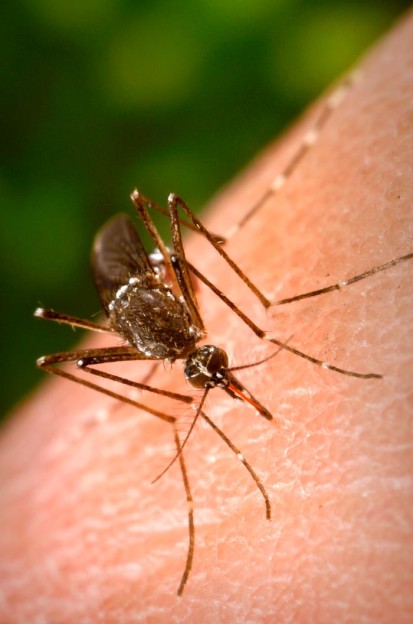By NewsDesk @infectiousdiseasenews
In the northern Brazilian state of Acre, health officials are seen a dramatic increase in dengue fever cases in the municipality of Cruzeiro do Sul.

From January to May 2019, there were 244 confirmations of dengue. For the same period in 2020, the case tally is at 2,125, a 771 percent increase.
According to Leonisio Messias, the official responsible for battling dengue fever, there has been a lack of insecticide in Brazil since last year.
He asks for help from the population to reduce the numbers. “We have to continue taking care of the backyards and avoiding the standing water that serves as a breeding ground for the dengue mosquito”.
Brazil has reported 1,040,481 total cases to date, including 342 deaths.
Dengue is a viral infection transmitted by the bite of an infected mosquito. There are four closely related but antigenically different serotypes of the virus that can cause dengue (DEN1, DEN 2, DEN 3, DEN 4).
Dengue Fever (DF) – marked by an onset of sudden high fever, severe headache, pain behind the eyes, and pain in muscles and joints. Some may also have a rash and varying degree of bleeding from various parts of the body (including nose, mouth and gums or skin bruising).Dengue has a wide spectrum of infection outcome (asymptomatic to symptomatic). Symptomatic illness can vary from dengue fever (DF) to the more serious dengue hemorrhagic fever (DHF).
Dengue Hemorrhagic Fever (DHF) – is a more severe form, seen only in a small proportion of those infected. DHF is a stereotypic illness characterized by 3 phases; febrile phase with high continuous fever usually lasting for less than 7 days; critical phase (plasma leaking) lasting 1-2 days usually apparent when fever comes down, leading to shock if not detected and treated early; convalescence phase lasting 2-5 days with improvement of appetite, bradycardia (slow heart rate), convalescent rash (white patches in red background), often accompanied by generalized itching (more intense in palms and soles), and diuresis (increase urine output).
Dengue Shock Syndrome (DSS) — Shock syndrome is a dangerous complication of dengue infection and is associated with high mortality. Severe dengue occurs as a result of secondary infection with a different virus serotype. Increased vascular permeability, together with myocardial dysfunction and dehydration, contribute to the development of shock, with resultant multiorgan failure.
WHO notes the incidence of dengue has grown dramatically around the world in recent decades. A vast majority of cases are asymptomatic and hence the actual numbers of dengue cases are underreported and many cases are misclassified.
One estimate indicates 390 million dengue infections per year (95% credible interval 284–528 million), of which 96 million (67–136 million) manifest clinically (with any severity of disease). Another study, of the prevalence of dengue, estimates that 3.9 billion people, in 128 countries, are at risk of infection with dengue viruses.
- Stenotrophomonas maltophilia: Potential high-risk clones identified in strains in European hospitals
- Malaria cases down in Venezuela in 2020, according to UN data
- Singapore COVID-19: Conditional approval of Remdesivir granted for treatment
- Dengue in Singapore: Cases top 10,000, Most cases in first five months since 2013
- Echinococcus reported in Almaty, Kazakhstan resident
- Study aims to determine the number of undetected COVID-19 cases in the United States
- Ebola outbreak in western DRC grows, Not linked to outbreak in eastern DRC


